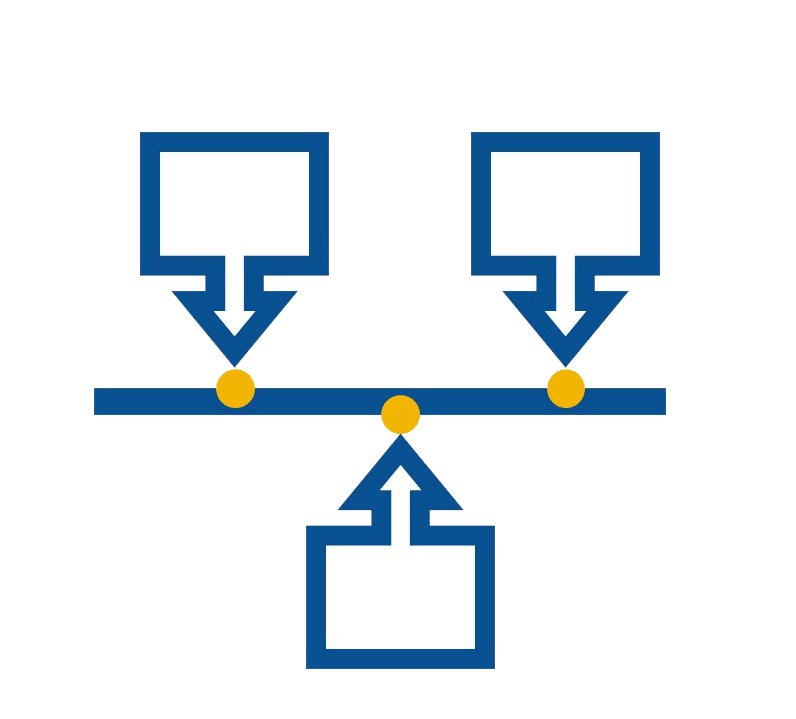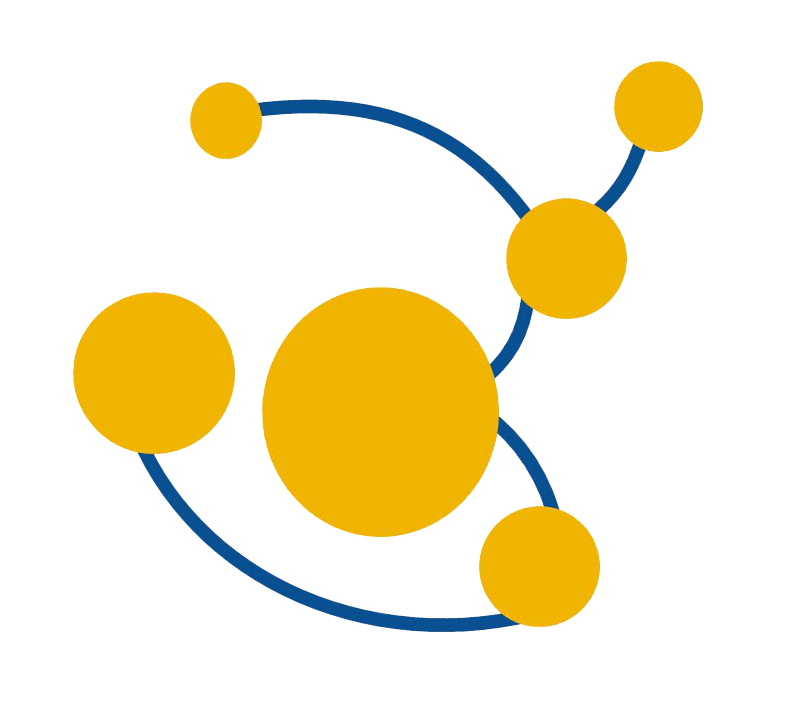Evaluation Toolkit
FP CAPE draws on theory-based, realist evaluation approaches, and considers the complexity inherent in evaluating a large number of diverse program activities across different geographies and socio-political contexts. We use quantitative, qualitative and mixed-methods approaches to gather data and synthesize findings to test key theoretical assumptions.



